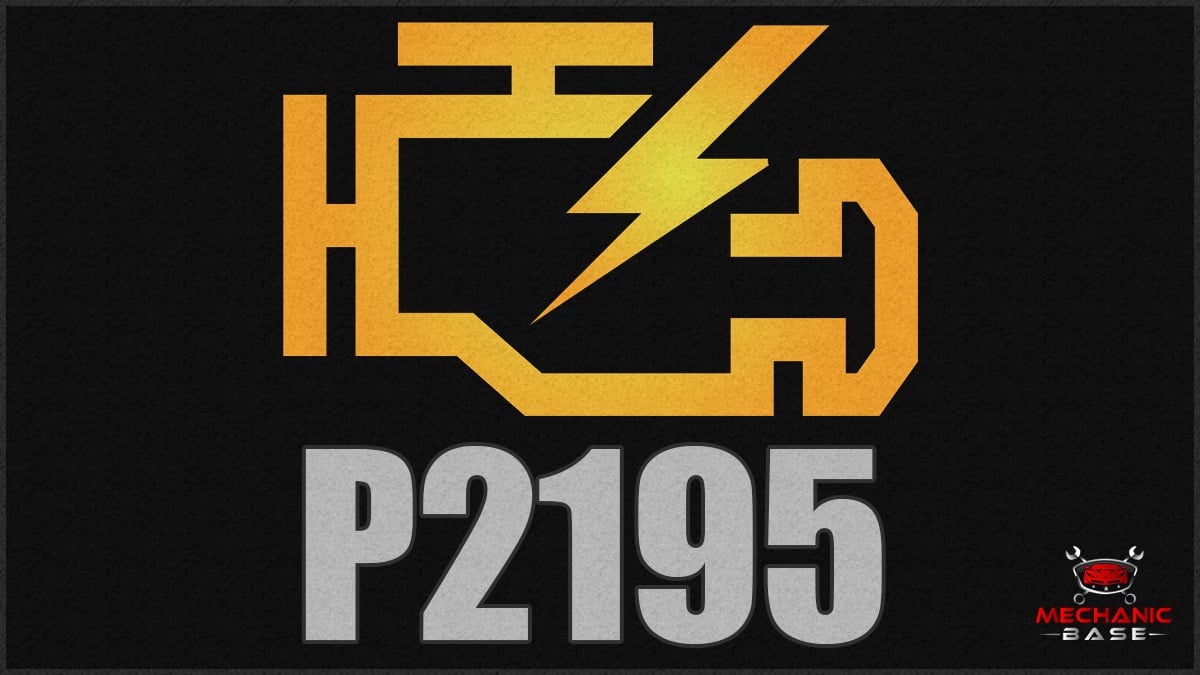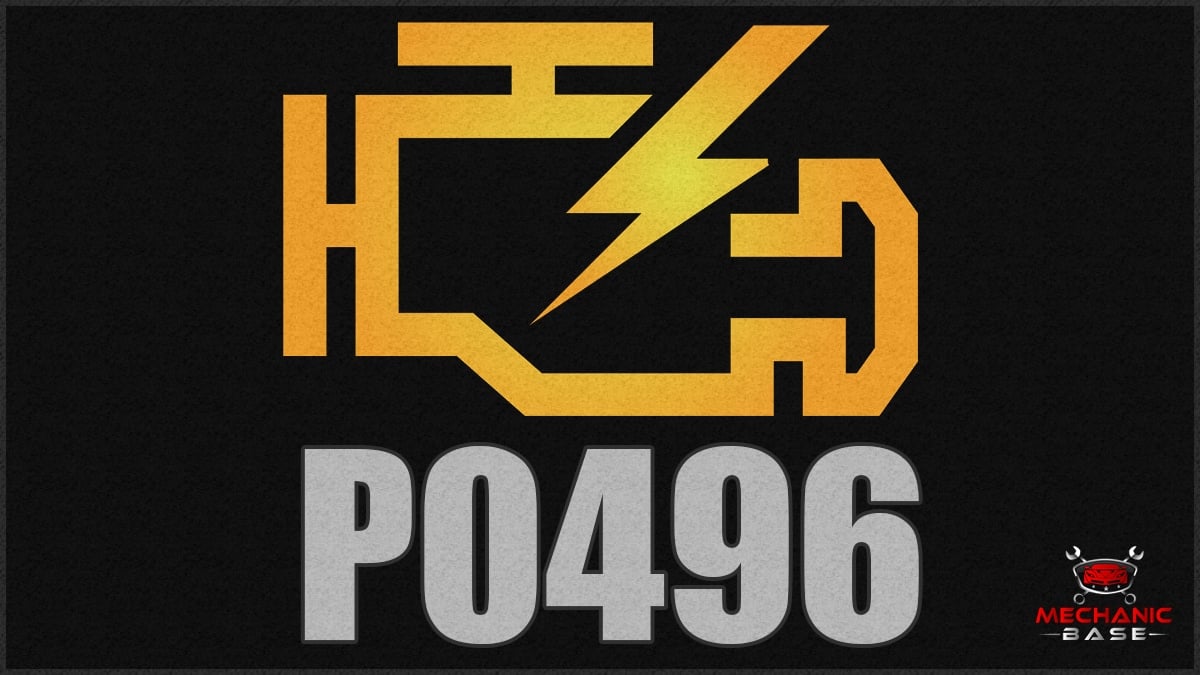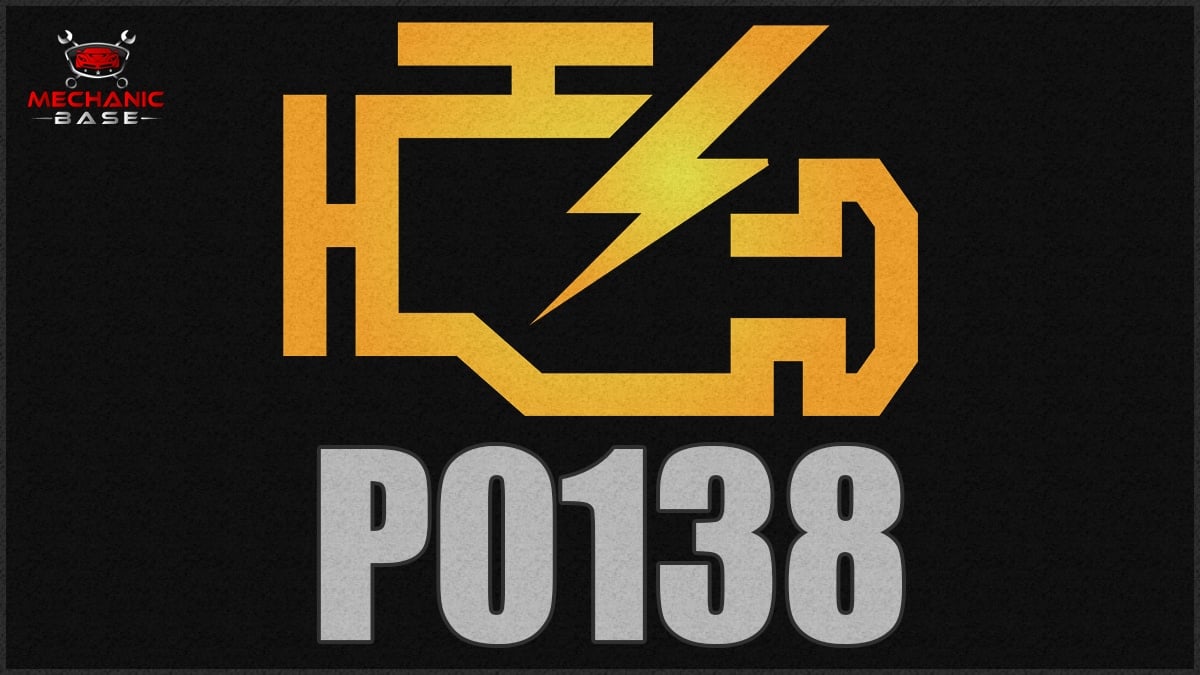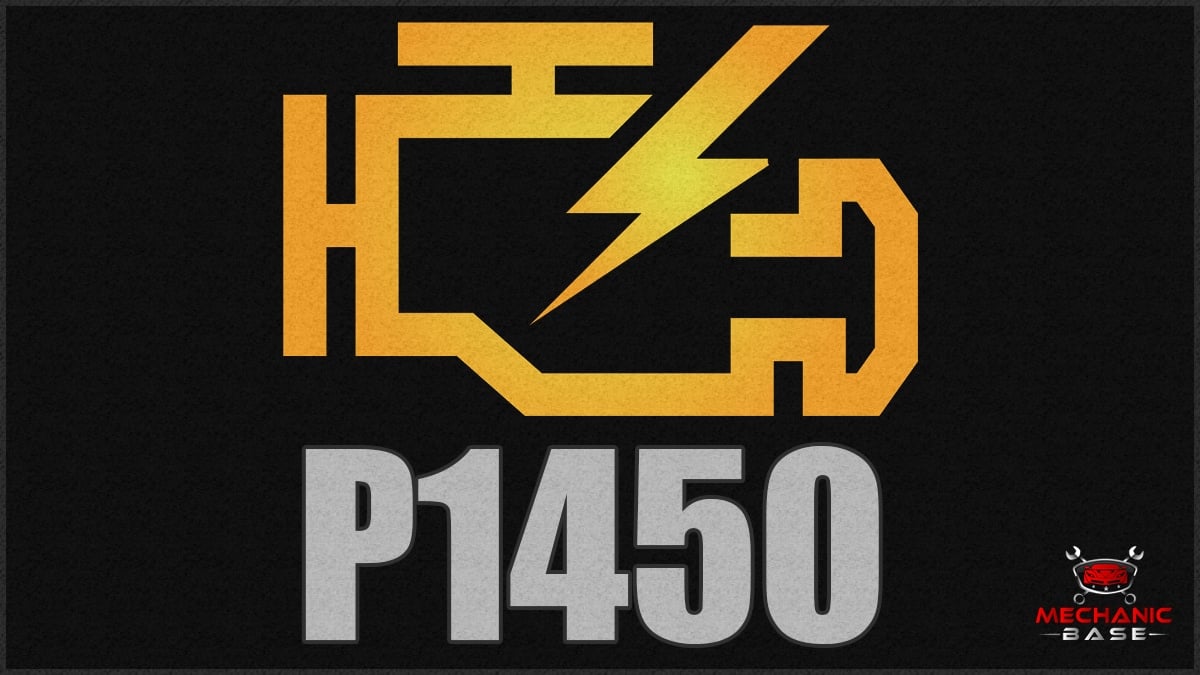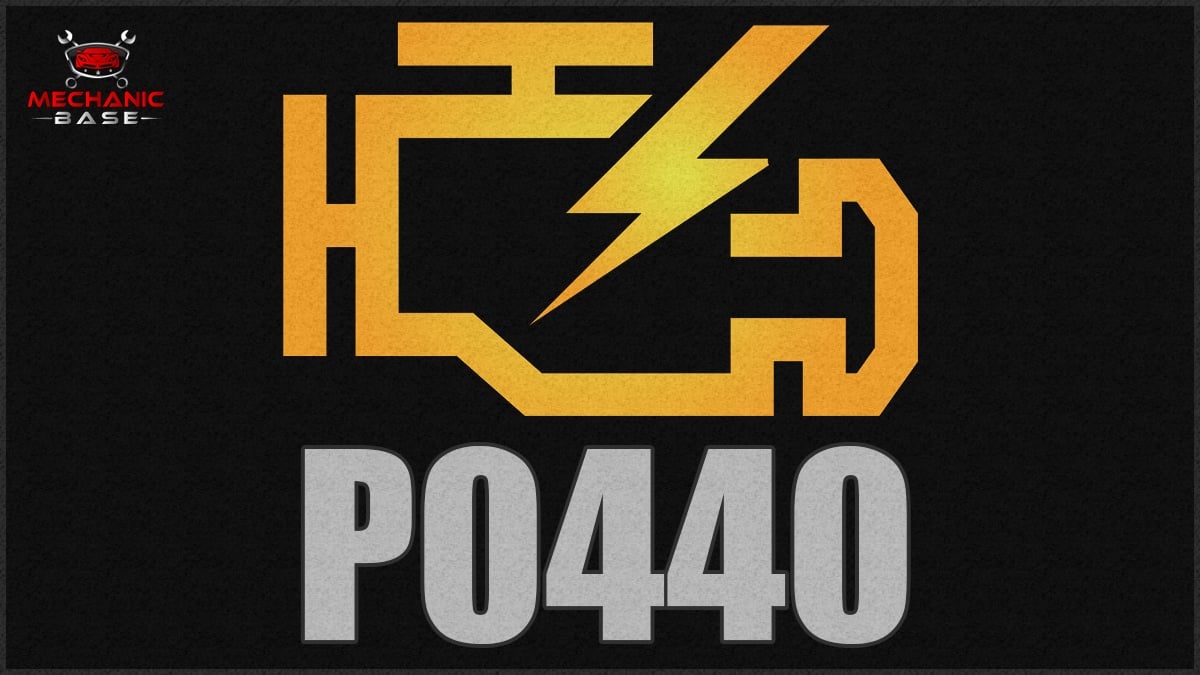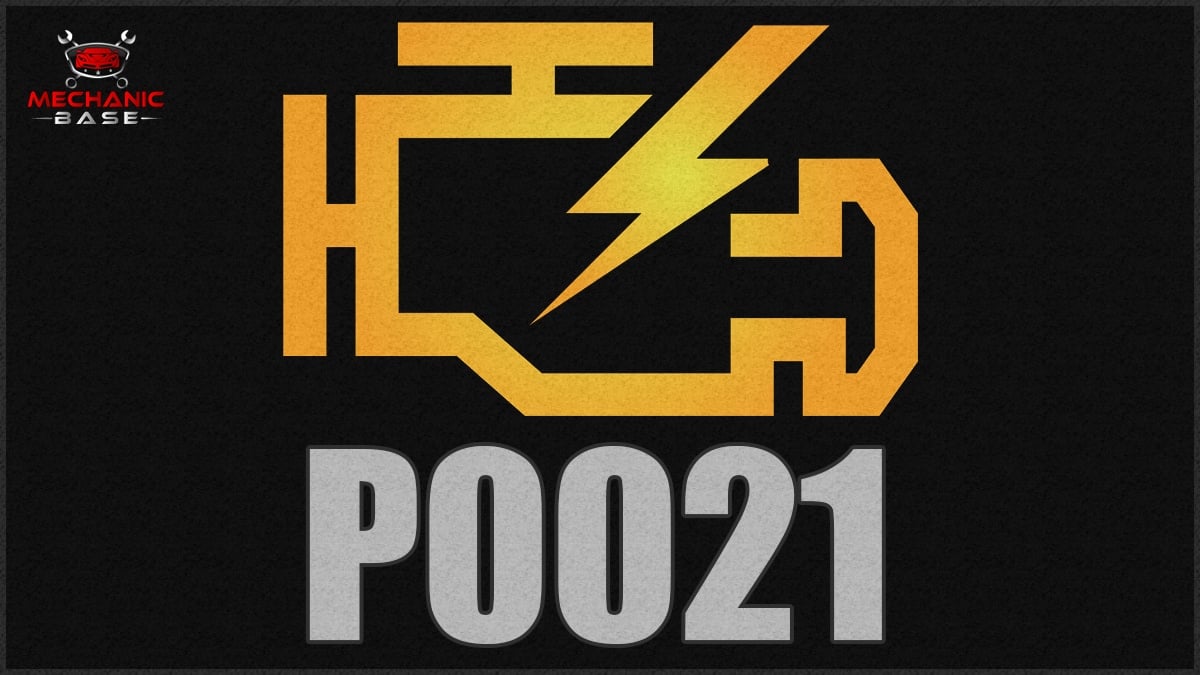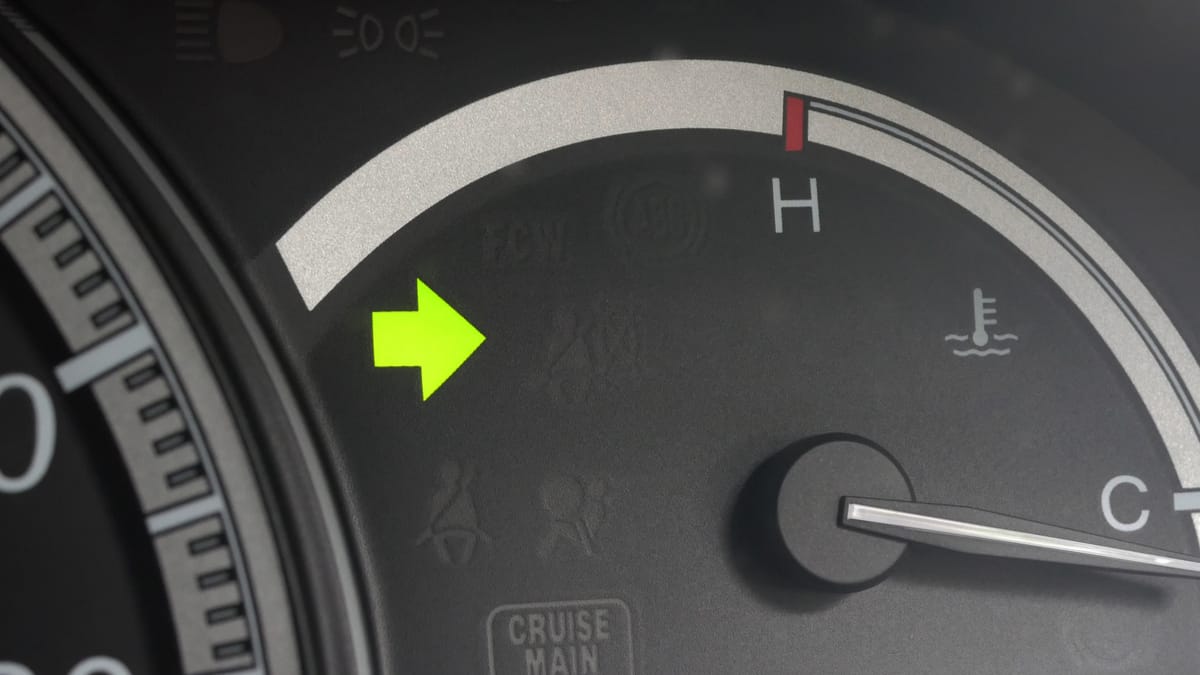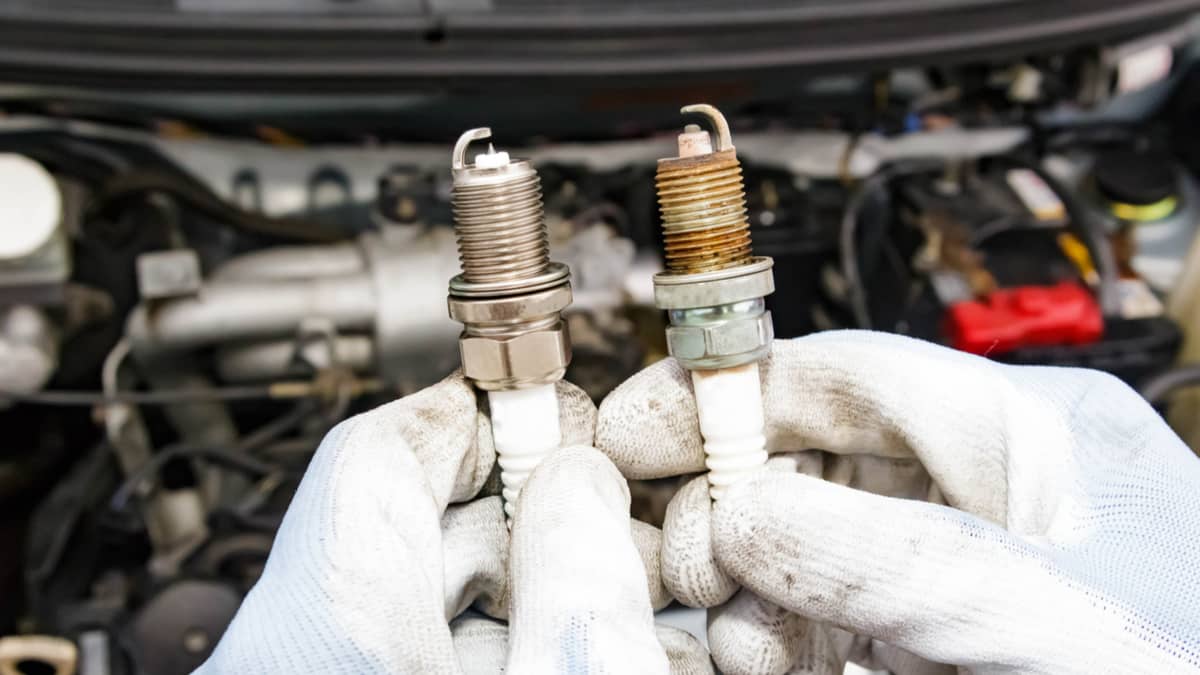Trouble codes are never something car owners want to deal with. One that can cause some confusion is the P2195 code.
In this guide, I look closer at what the P2195 trouble code means and what causes it. I also evaluate the top symptoms caused by it and show how to fix it.
Code P2195 Definition
P2195 – O2 Sensor Signal Stuck Lean- Bank 1 Sensor 1
What Does the P2195 Code Mean?
When the P2195 trouble code is set, it indicates the car’s oxygen sensor in bank 1 is not operating within a normal range. Most vehicles contain a parameter of ten cycles per second as a minimum. If the oxygen sensor isn’t operating to this standard, it’s considered to be running lean.
This sensor can also be called the air/fuel ratio sensor because it monitors the air and fuel ratio from the exhaust coming from the engine, going to the catalytic converter. With this code, it’s likely that the engine is running lean. Otherwise, there could be a problem with the sensor itself.
READ MORE: Bank 1 vs Bank 2 – Sensor 1 & 2 (Locate O2 Sensors Fast & Easy)
P2195 Trouble Code Symptoms
The most obvious symptom of the P2195 code is the Check Engine Light. However, it can also create some performance problems, which differ based on what’s causing the condition.
Here are some of the most common P2195 trouble code symptoms.
- Check Engine Light
- Misfiring engine
- Reduced power
- Rough-running motor
- Overheating engine
- Reduced fuel economy
Causes of the P2195 Code
There are several issues that can cause the P2195 code to be set in the engine. Here are some of the most common you might face.
- Defective oxygen sensor circuit connector or wiring
- Faulty oxygen sensor 1 (bank 1)
- Bad fuel injector
- Low fuel pressure
- Vacuum leak
- Mass airflow sensor contamination
- Exhaust leak
How Serious is the P2195 Code?
Severe – This trouble code might not seem like it’s going to cause problems, especially at first. The car might continue running as it should, but that can quickly change.
When the problem continues, the issue could lead to internal damage to the engine components. If you don’t get the engine fault fixed right away, other components could fail, including the expensive catalytic converter.
What Repairs Can Fix the P2195 Code?
Once you go through all of the steps to diagnose the P2195 trouble code, you’ll have a better idea of what’s wrong with the system. It’s important that you don’t perform any repairs until you know exactly what the cause is.
Here are some of the most common repairs.
- Repair circuit connector or wiring of oxygen sensor
- Replace oxygen sensor 1 (bank 1)
- Replace failing fuel injector
- Repair low fuel pressure
- Repair vacuum leak
- Clean mass airflow sensor contamination
- Repair exhaust leak
Common P2195 Diagnosis Mistakes
It’s important that you properly diagnose the P2195 trouble code. If you don’t follow the appropriate steps, you could end up replacing parts that aren’t damaged or you could cause more trouble.
As an example, you should always double-check the air intake. It’s a simple check and can be part of the problem. If damaged air intake isn’t replaced, air can enter without being metered by the mass airflow sensor, thereby causing more trouble.
How to Diagnose the P2195 Trouble Code
If you want to get to the bottom of the P2195 problem, you have to diagnose the system as a professional would. You can follow the directions in your car’s service manual for exact parameters and to understand what your particular vehicle should be running at.
Here are some general guidelines to follow.
- Check the engine codes. If there are too many to discern, reset the codes and run the car until they come back. Use freeze frame data to determine what’s going on.
- Inspect the oxygen sensor 1 on bank 1 to see if the connection is disrupted or if frayed cables exist. You can attempt to clean the oxygen sensor to see if the connection is reestablished.
- Inspect the mass airflow sensor. You should look for the same problems, such as frayed cables or a poor connection. Clean off the mass airflow sensor, which could fix the problem.
- Inspect the air filter. If it is contaminated or not seated properly, you want to replace it.
- Check for vacuum or exhaust leaks by following the procedures in the service manual.
- If there is more than one bank, you can move the defective oxygen sensor to that spot to see if the codes change. This would help you determine that the sensor is, in fact, bad.
Beyond these steps, it’s best to take your vehicle to a professional technician for more support. However, most problems can be found through these steps.
Estimated P2195 Repair Cost
The cost to repair the P2195 trouble code depends on what is causing the problem in the first place. After your diagnostic evaluation, you might be facing these average repair costs, which include both labor and parts.
- Repair circuit connector or wiring of oxygen sensor – $35-$350
- Replace oxygen sensor 1 (bank 1) – $225-$600
- Replace failing fuel injector – $75-$650
- Repair low fuel pressure – $50-$750
- Repair vacuum leak – $200-$1,000
- Clean mass airflow sensor contamination – $75-$450
- Repair exhaust leak – $150-$500
Mechanics Tips about the P2195 Code
The professional mechanic knows that other trouble codes can help you determine what is causing the P2195 to come on. If you scan the engine and find other DTCs, it’s important to see what they are pointing to.
In some cases, it makes sense to repair the other trouble codes first. There are times when this can resolve multiple issues at once.
Categories: OBD Codes
